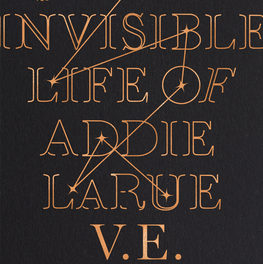The Vanishing Half by Brit Bennett is a compelling and thought-provoking exploration of race, identity, and family that captivates readers from start to finish. Bennett’s storytelling prowess shines through in this novel, weaving together multiple narratives and timelines to create a rich tapestry of interconnected lives.
At the heart of the story are twin sisters Stella and Desiree Vignes, who choose divergent paths as they navigate the complexities of race in America. Stella decides to pass as white, leaving her Black heritage behind, while Desiree embraces her racial identity. The consequences of their choices reverberate through generations, impacting their families and communities in profound ways.
One of the novel’s strengths is its nuanced portrayal of race and identity. Bennett delves into the fluidity of racial boundaries and the ways in which societal expectations and prejudices shape individual lives. Through Stella and Desiree’s experiences, she invites readers to contemplate questions of belonging, authenticity, and self-acceptance.
The characters in The Vanishing Half are intricately drawn, each grappling with their own hopes, fears, and desires. From Jude, Desiree’s daughter searching for her roots, to Kennedy, Stella’s daughter living a life of privilege, the cast of characters is diverse and compelling.
Bennett’s writing is evocative and emotionally resonant, capturing the complexities of human relationships with sensitivity and depth. She skillfully navigates themes of race, gender, and class, offering readers a nuanced exploration of intersecting identities.
While the novel spans decades and covers a wide array of themes, Bennett’s narrative remains tightly focused and engaging throughout. The Vanishing Half is a testament to Bennett’s talent as a storyteller, blending social commentary with compelling storytelling to create a book that lingers in the mind long after the final page. It’s a must-read for anyone interested in exploring the intricacies of race and identity in America.






